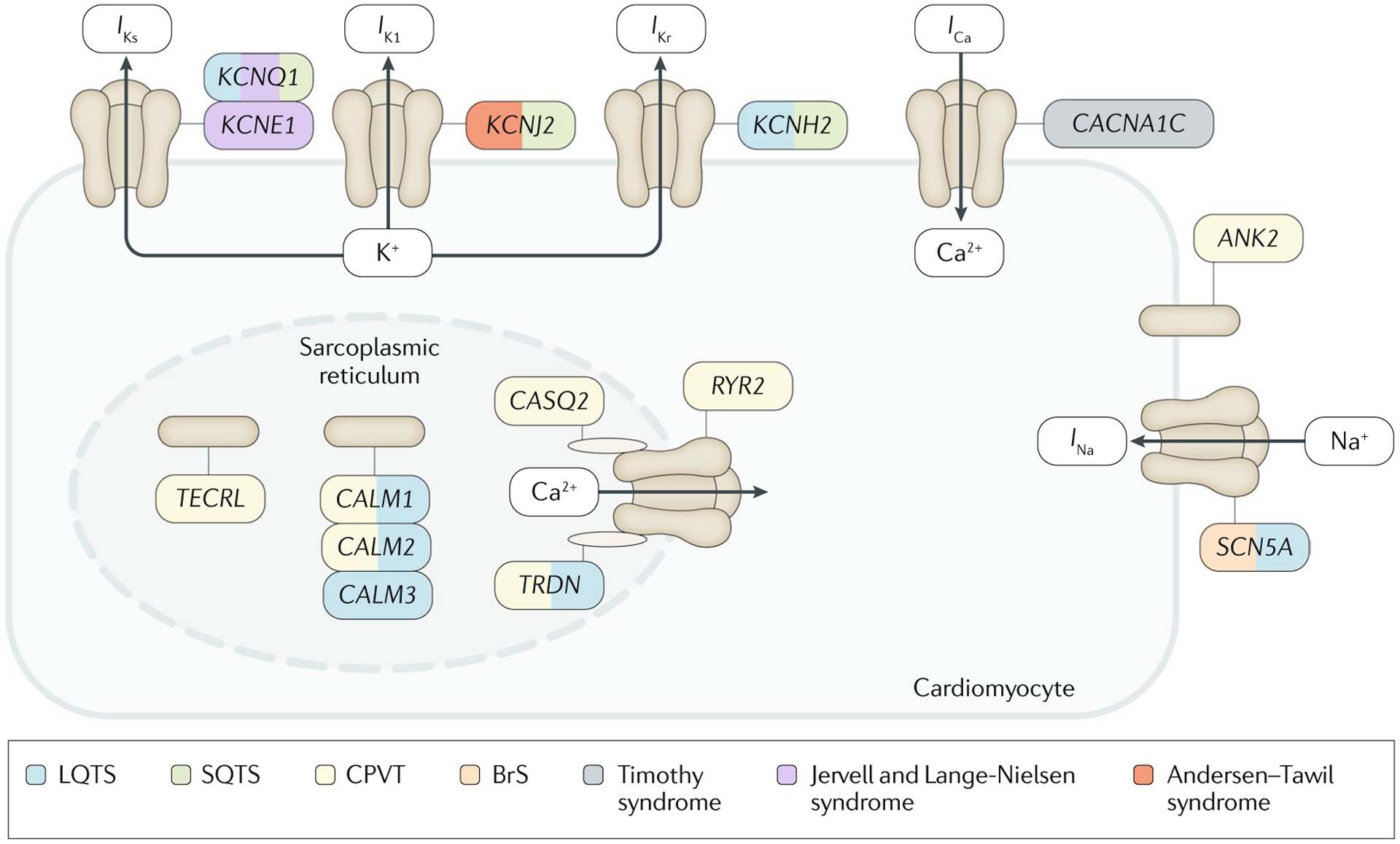Fig. 1 |. Genes and proteins involved in the pathogenesis of inherited cardiac arrhythmias.

The figure shows the transmembrane ionic channels that are responsible for the potassium (IKs, IK1 and IKr), calcium (ICa) and sodium (INa) currents that contribute to the cardiac action potential. Proteins of the sarcoplasmic reticulum that are involved in calcium handling (encoded by CASQ2, RYR2, CALM1, CALM2, CALM3 and TRDN) are also shown. Other proteins that can be mutant in inherited cardiac arrhythmias are encoded by ANK2 and TECRL. The genes that encode all these proteins or their subunits are coloured according to the disease with which they have been associated. BrS, Brugada syndrome; CPVT, catecholaminergic polymorphic ventricular tachycardia; LQTS, long QT syndrome; SQTS, short QT syndrome.
